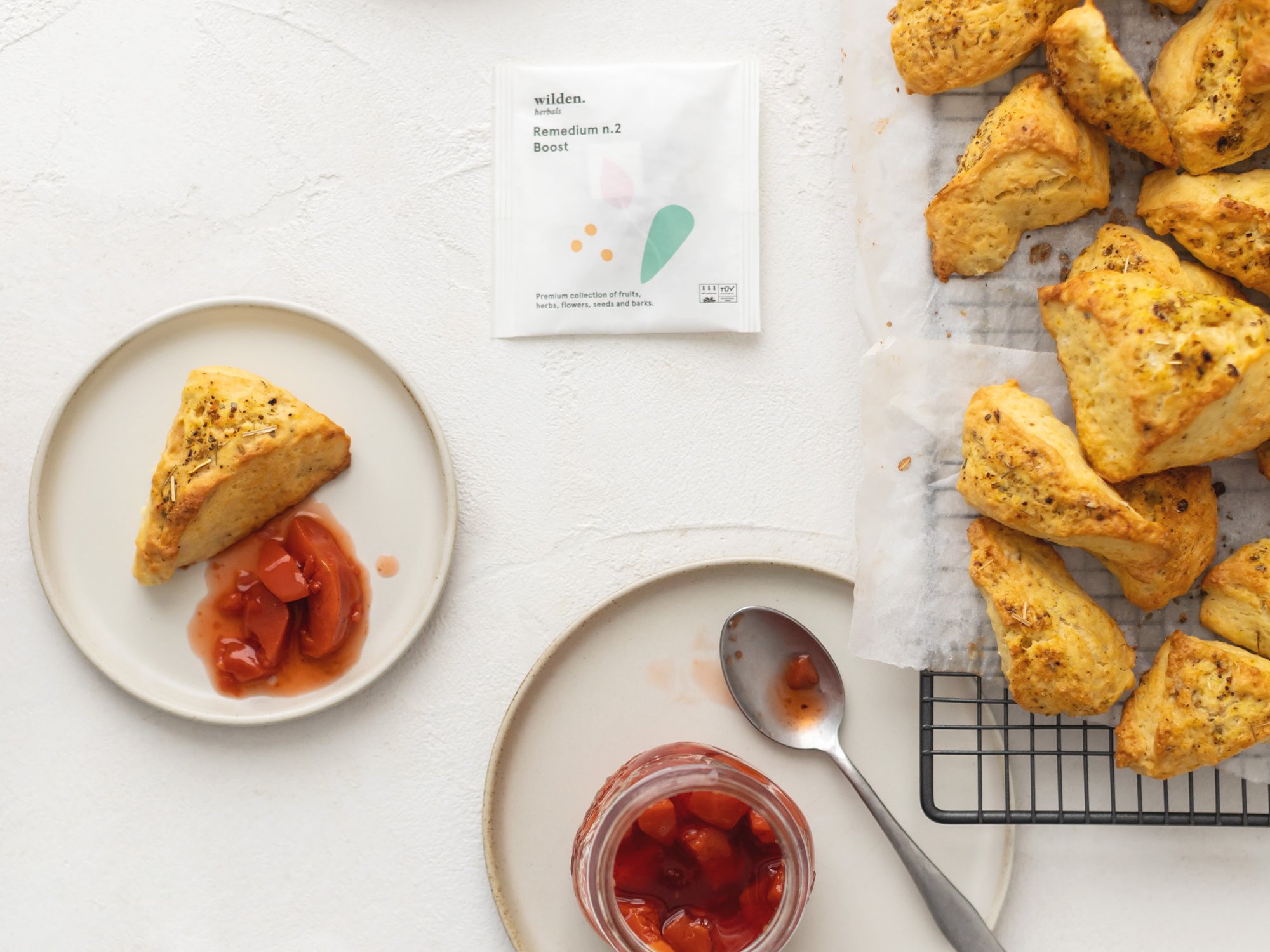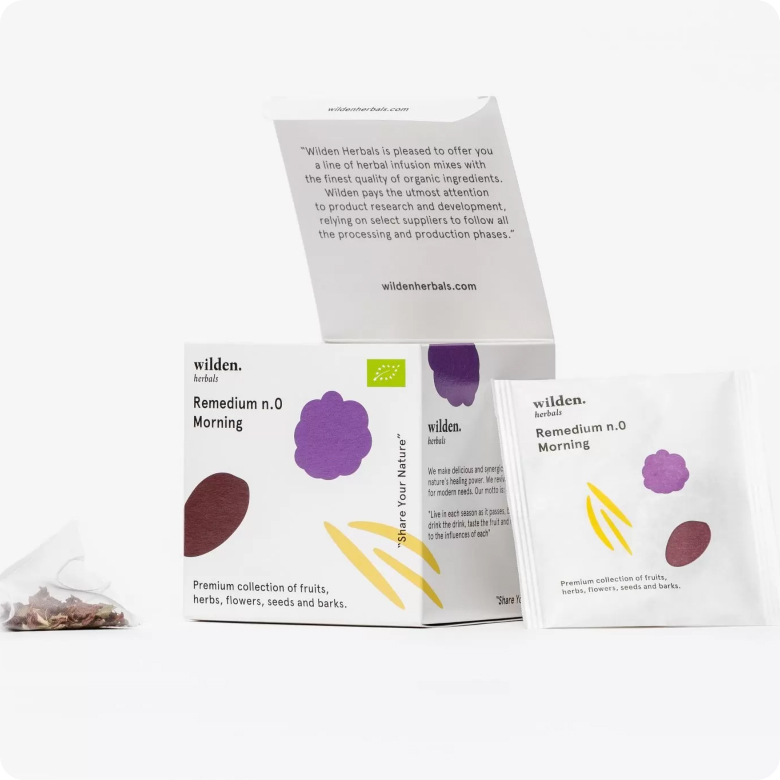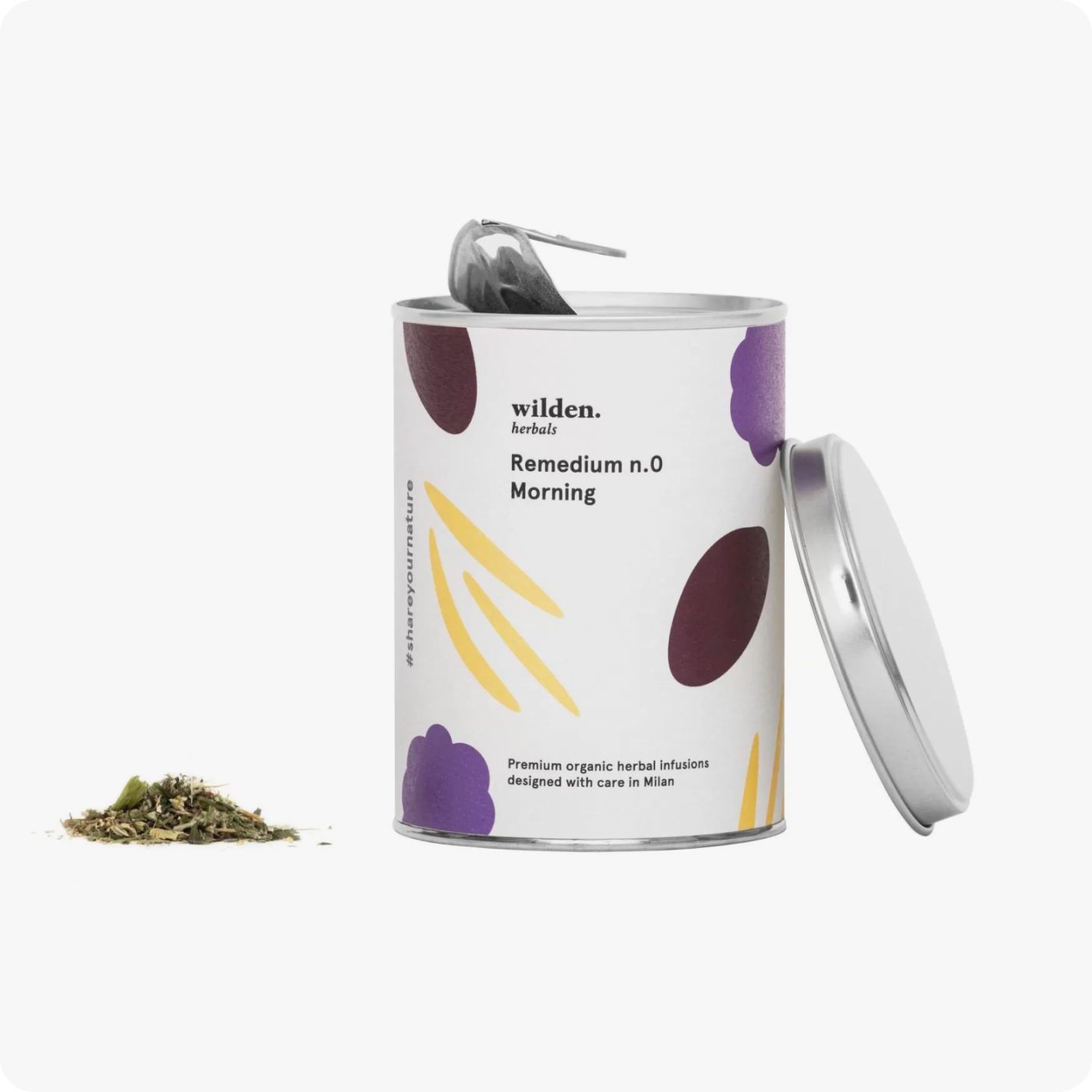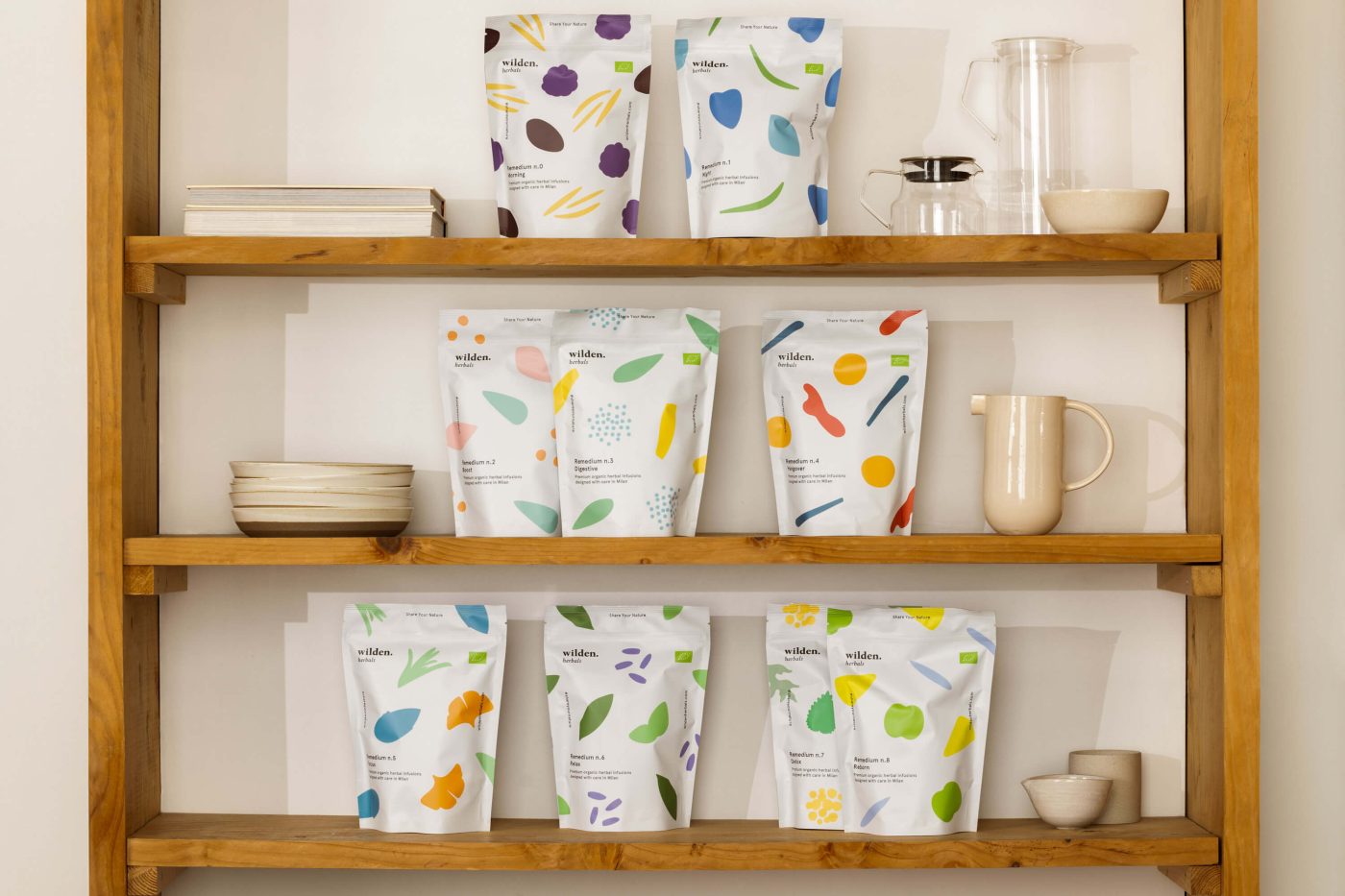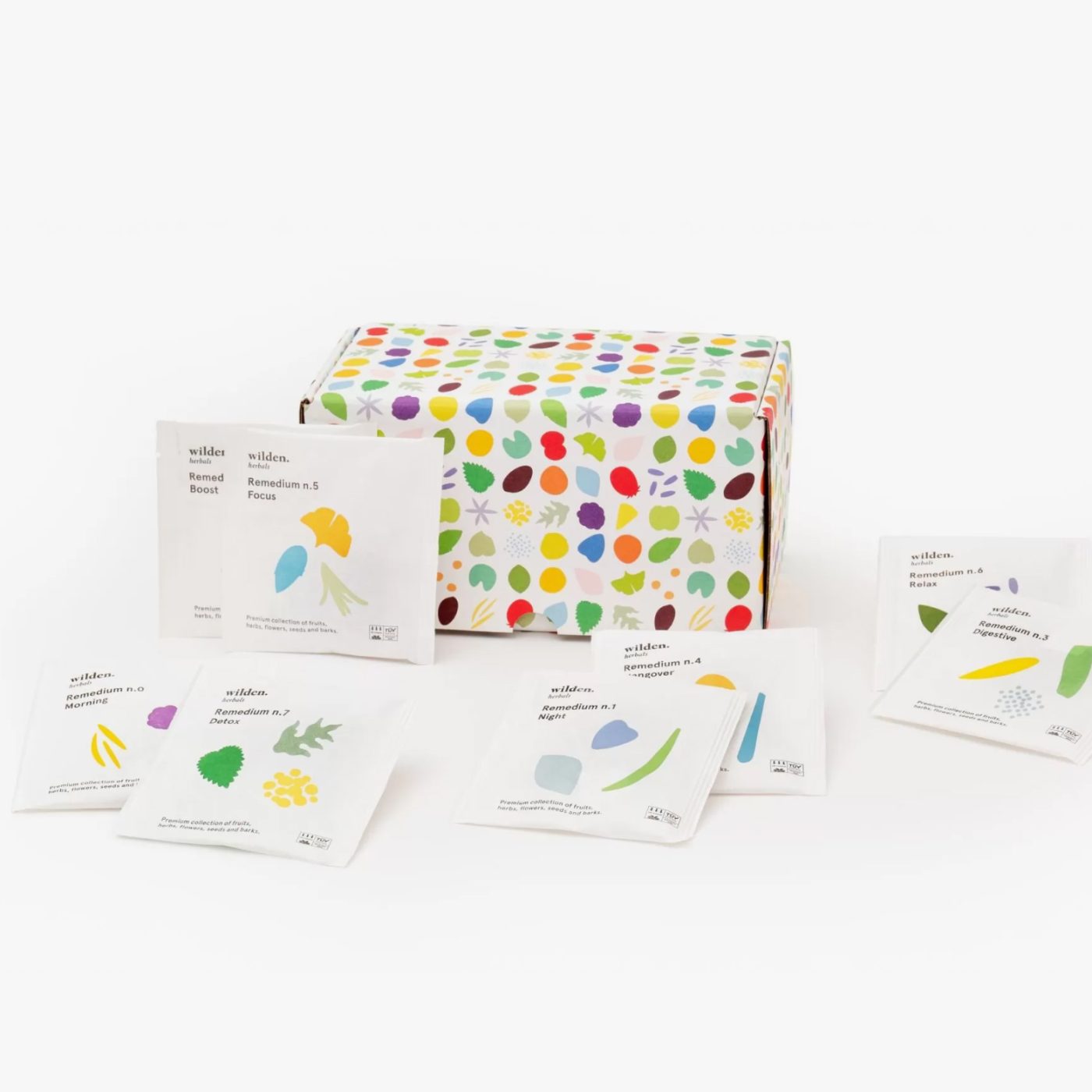Herbal tea guide. From brew to tea, the details that make a difference
Drinking herbal tea is not just a ritual; it is knowledge. In this article we explain how to recognize (and prepare) the perfect herbal tea.
Heat the water, let it steep for as long as necessary, and without being in a hurry, take small sips of your herbal tea. It sounds obvious, but there is a world behind this little routine. It is a multifaceted and as yet unexplored universe, that of herbal te as and infusions, one that does not enjoy the age-old tradition and literature of the tea industry, but one that has a story to tell.
A story of process, necessary slowness and precise characteristics. Ingredients, time and respect are all pregnant with the philosophy of Wilden. herbals and in this article we will try to explain how to make herbal tea.
Let’s start with the basics: what is the right way to prepare herbal tea? What is the difference between infusion and herbal tea? Which herbal teas are good for you?
Infusions, herbal teas and teas: differences
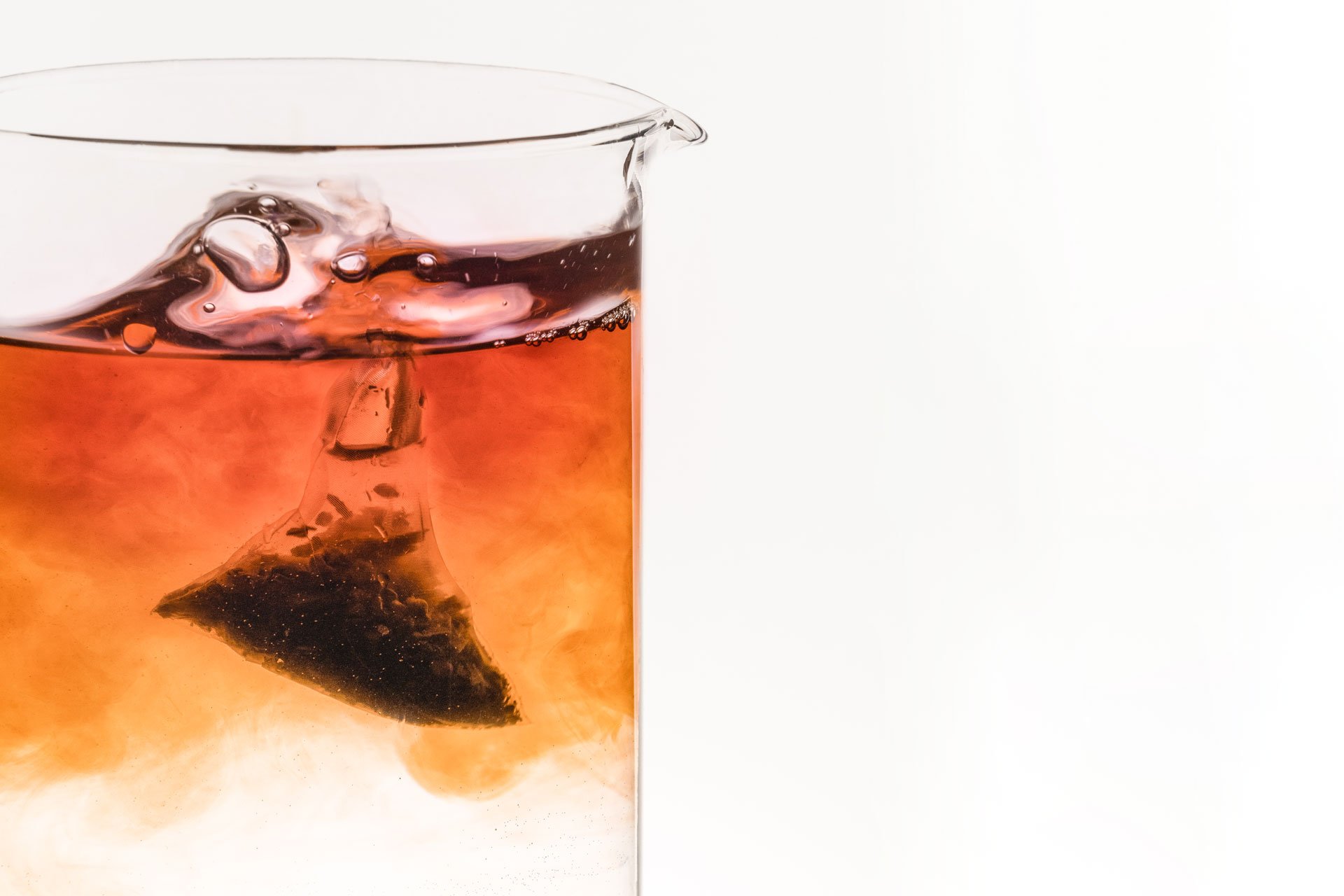
Herbal infusions are the easiest way to consume (and benefit from) the oils and flavors of herbs. When we talk about infusion we refer to the process of steeping (soaking) the herbs in water. A time directly proportional to the degree to which the water absorbs the oils and flavors. The beverage that results from the infusion is thus a perfect balance of taste and beneficial effects. Herbal tea is certainly a form of infusion, as it is created by infusing herbal leaves in hot water, but the resulting drink is lighter-but no less tasty-because of the soaking period, which remains rather short.
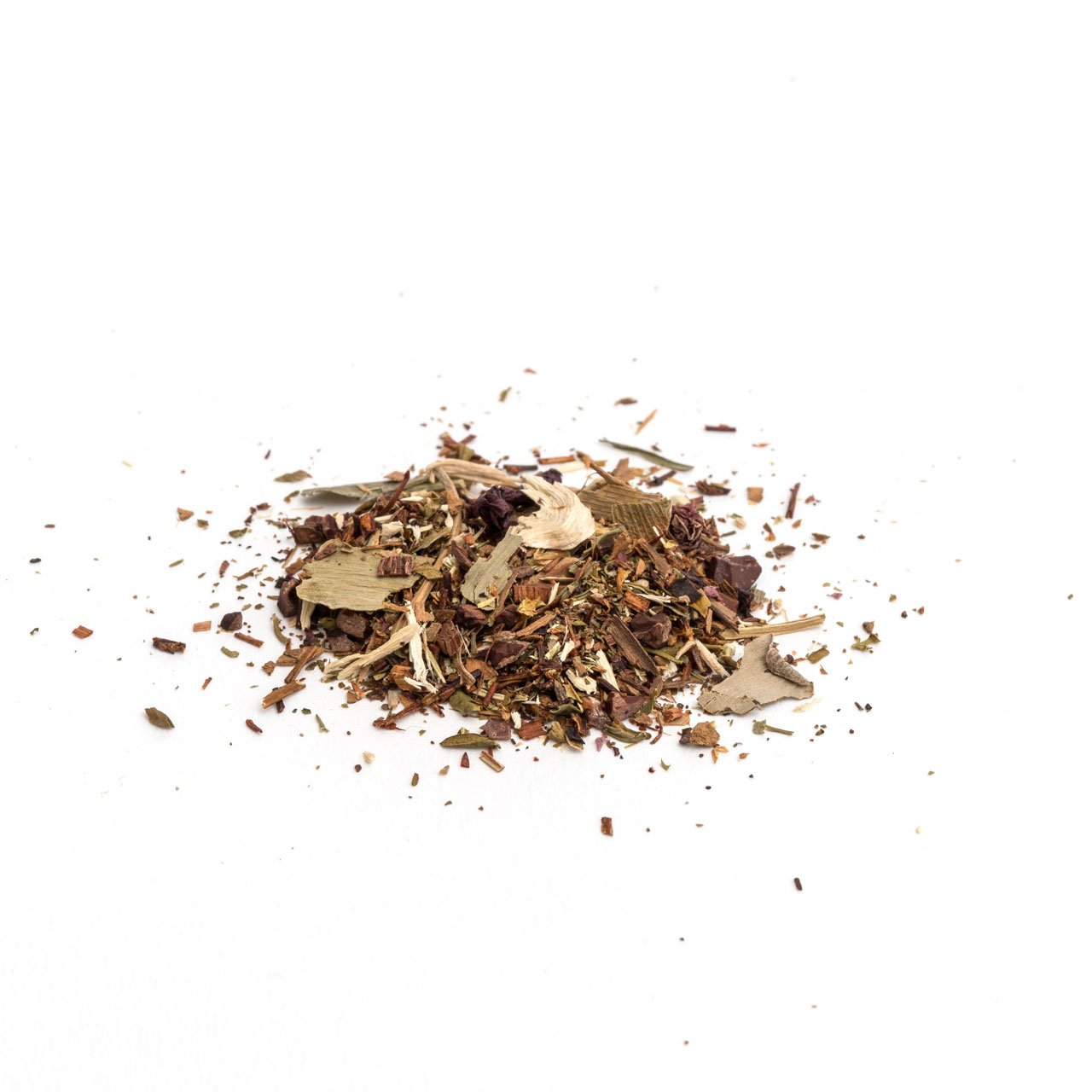
True infusions, those that draw on alchemical and almost magical knowledge, handed down in memory in the form of healing gravies, are generally prepared using roots, shoots, leaves, and flowers of the plant. A major difference of infusions (and thus herbal teas) from teas is that the latter use only the leaves in the steeping process. Herbal tea can thus be considered a shorter infusion , while true infusions are sometimes called “long infusions” to distinguish them from teas. Finally, a common feature of herbal teas and infusions is theabsence of caffeine, making them drinks that are tonic and energetic when needed, but that adapt to normal circadian rhythms without directly intervening on the body.
Which herbal teas are good for you?
Whether you prefer loose herbs or herbal teas, a good cup of herbal tea is always good for you. Be careful, however, that the dried plants in the bag or filter are relatively whole and have a vibrant color. The more intact the herbs are, the higher the content of oils and biochemical compounds they contain, which means that the health benefits and flavor you get from the herbs will be more noticeable.
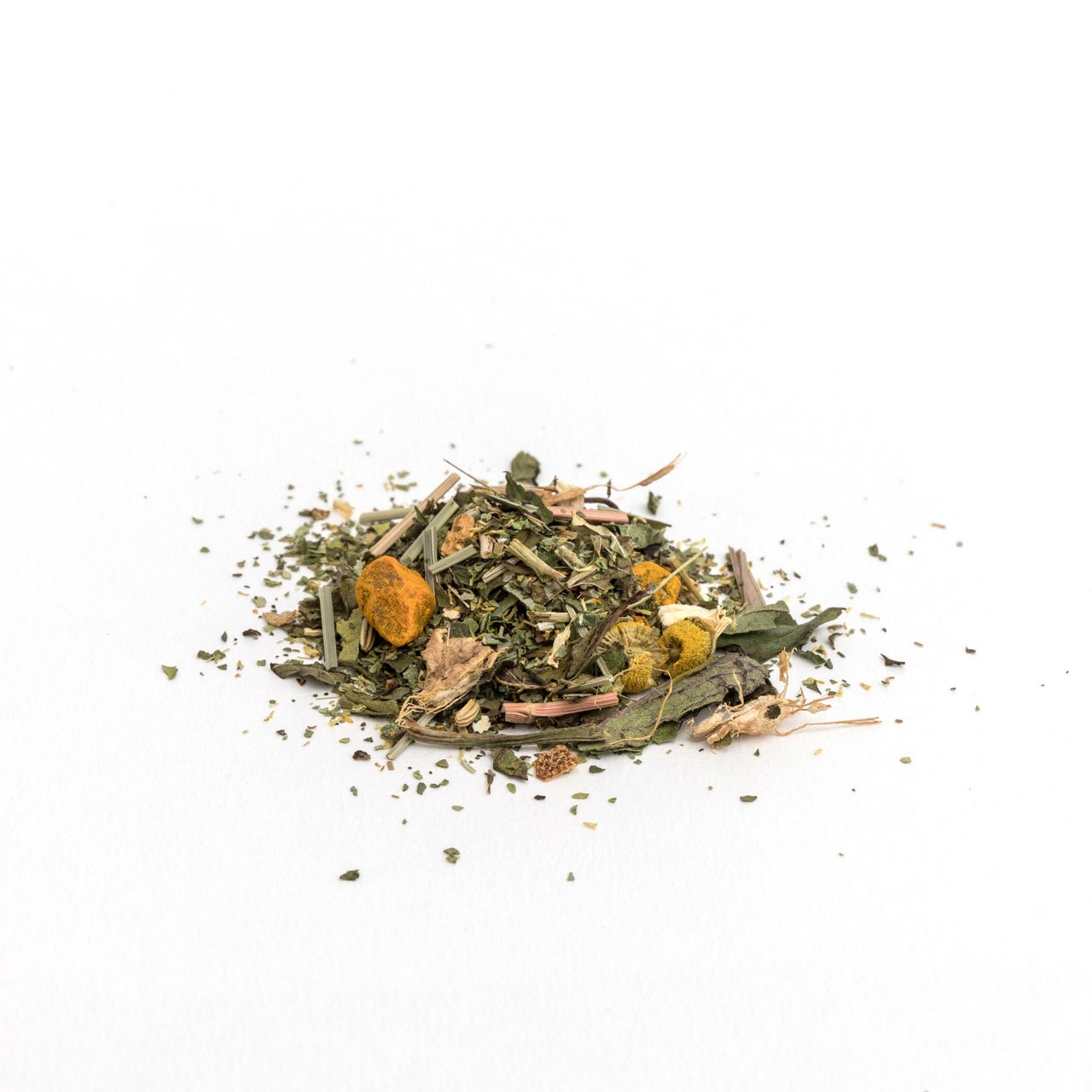
So now that we know what it is, let’s make a cup of herbal tea!
- Heat the water. The hotter it is, the more effective the infusion will be
- Pour into your cup and let your herbal tea steep for as long as necessary (follow the directions on the sachet); if possible, cover the cup with the infused herbal tea with a saucer so that the scents and flavors do not evaporate
- Allow to cool. No one likes to drink a hot drink
- Enjoy your herbal tea
The elements that contribute to the balance of an herbal tea are many: the teapot, the water, but above all the herbal tea. Today, making time for an herbal tea is an act of love towards our bodies, an action in contrast to an imposed daily speed. That is why it is important, even before enjoying an herbal tea, to learn to recognize and appreciate its benefits, starting right from its preparation.

